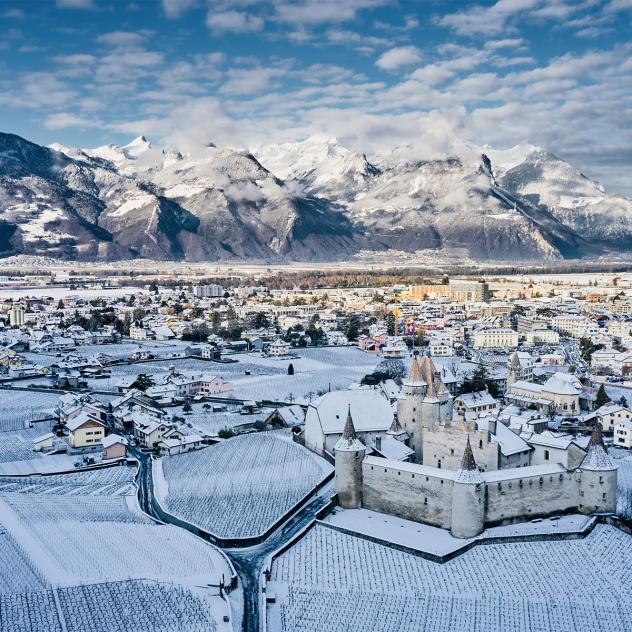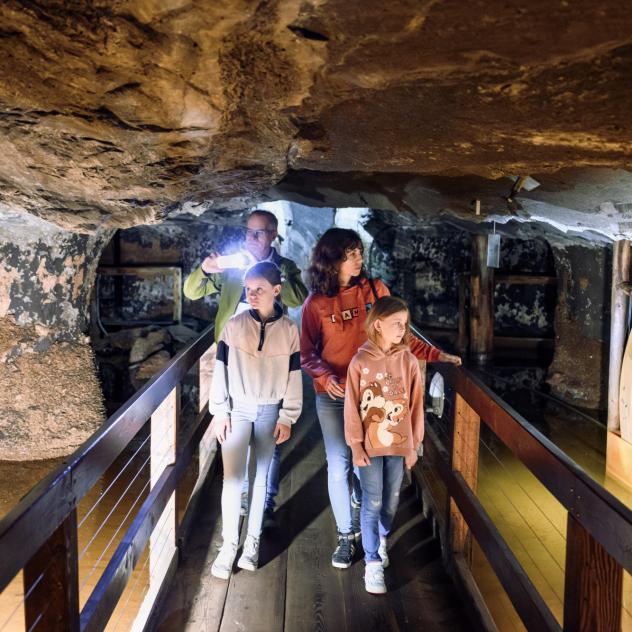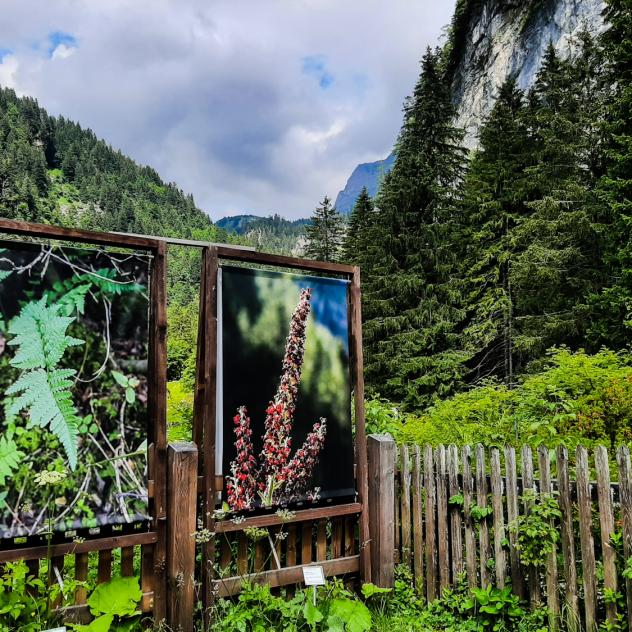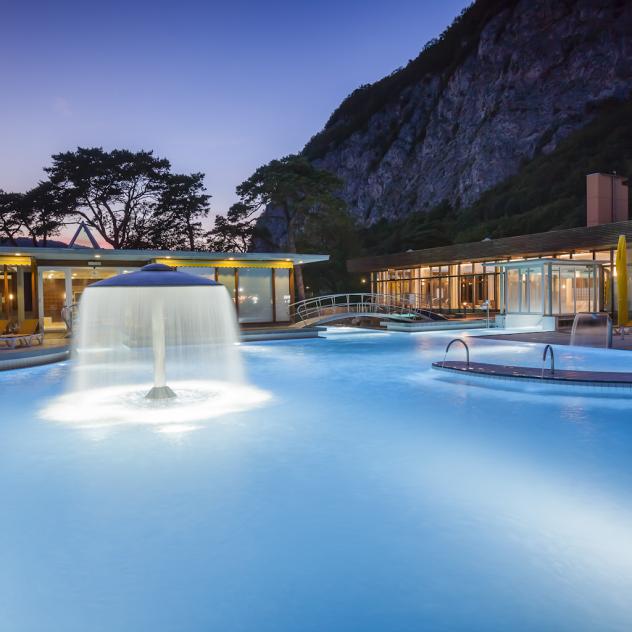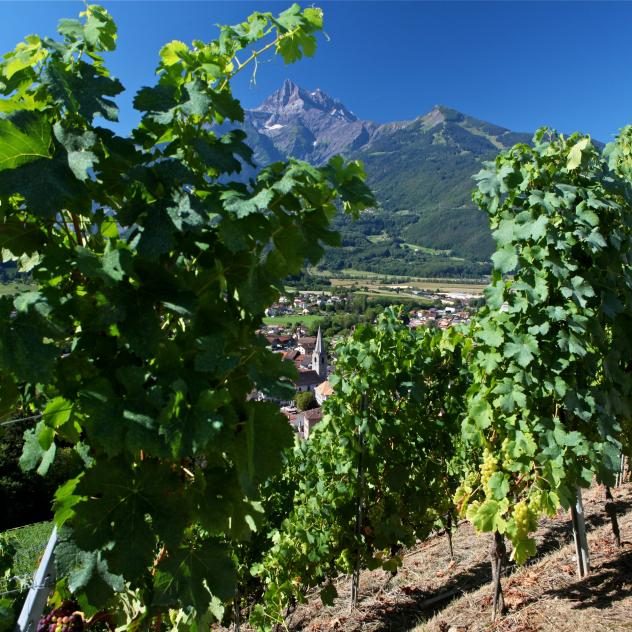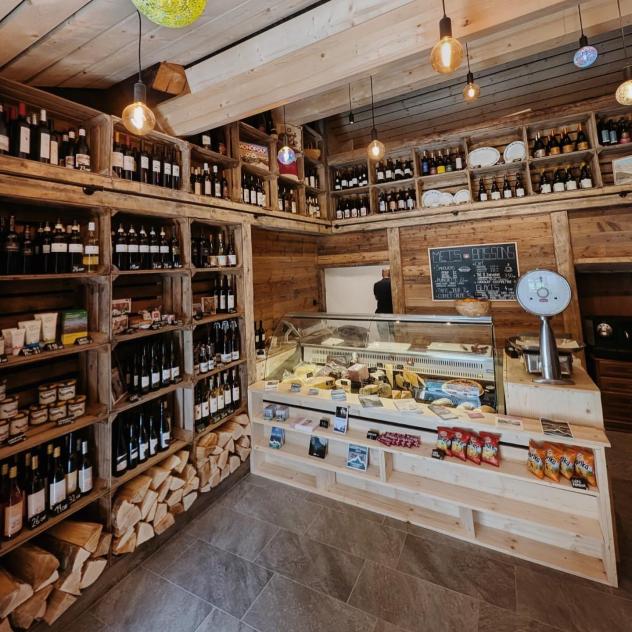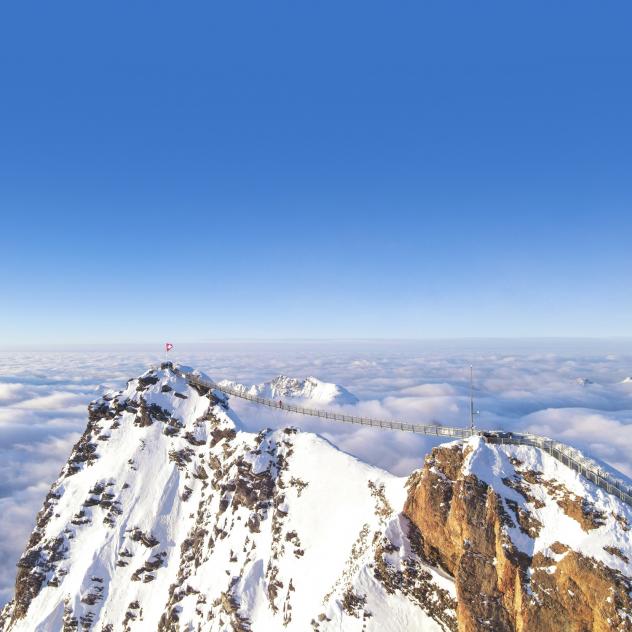
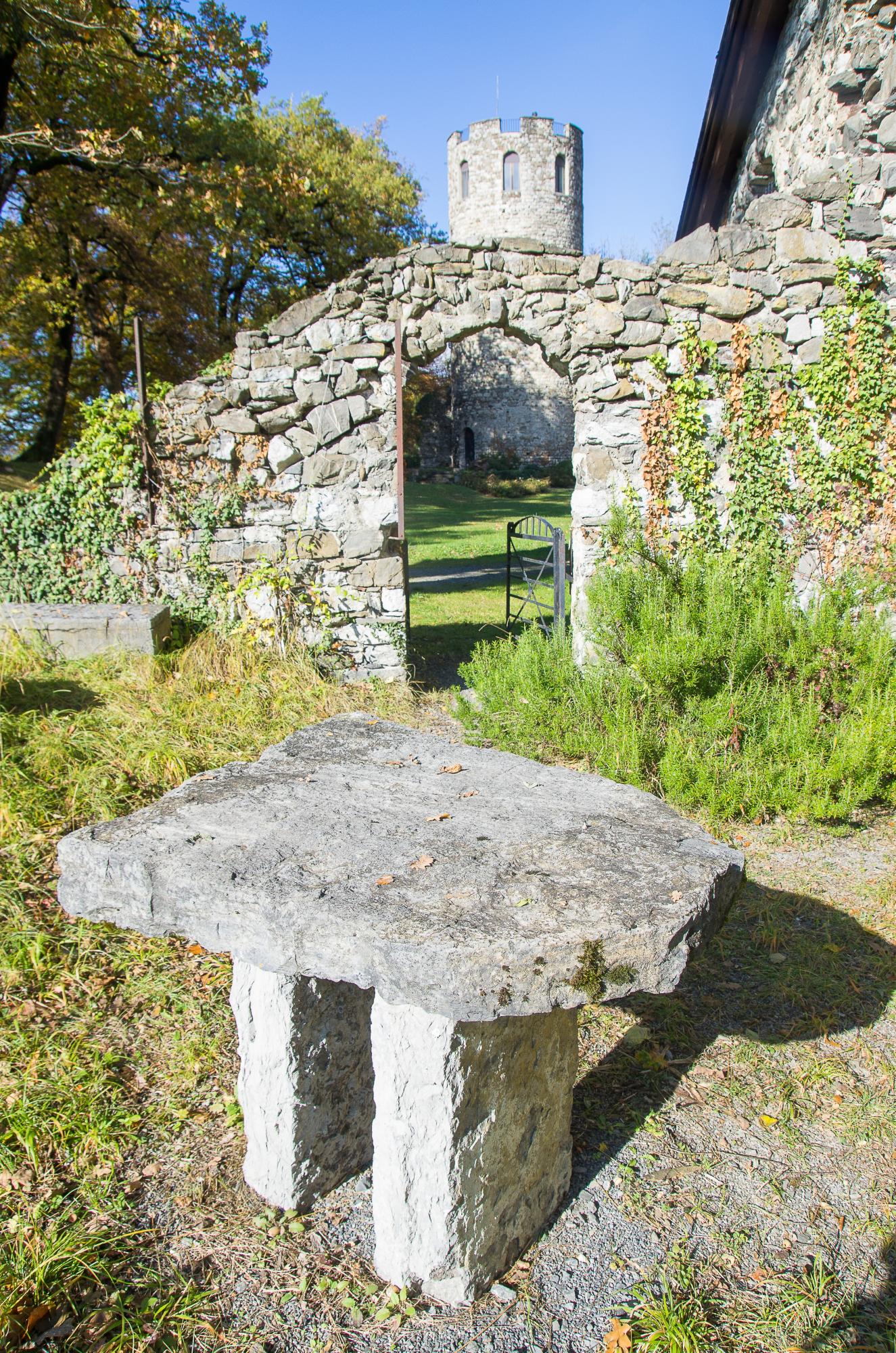
Overview
Privately owned, the Tower of Duin is now inhabited, with only the crenellated upper part of the tower visible, added in the late 19th century in the gaps left by the original battlements. It was part of a medieval complex (a castle with several towers) probably dating from the 12th century. The first known document mentioning Bex also dates from the 12th century (1138). The Duin Tower belonged to various noble families (Girold, De Greysier, De Blonay, De Duin, De Rovéréa, among others). Burnt down around 1475, it was completely abandoned as a defensive structure in the 17th century, but it has attracted tourists since the 18th century because of its "romantic ruin" appearance.
The Duin Tower was probably built in the 12th century and was part of a medieval defensive complex of which it is practically the only survivor. Some claims suggest that there was a trace of five towers, but this has never been verified. However, it is certain that Duin Castle also had a square tower, which at the time must have been the residential tower, enclosures and a defence system with curtains and battlements. Its strategic position at the exit (or entrance) of the Saint-Maurice gorge made it a choice location. Built - according to some sources - or at least owned by Girold de Bex ("Baiz") who became lord in 1177, it was in the hands of various families - in particular the De Greysier, De Blonay and Tavelli families, who were then under the control of the Count (Duke) of Savoy. It took the name Duin in the 15th century through the marriage of Marguerite de Blonay to Antoine de Duin (Duyn or Duingt), whose family originated from the castle of the same name on the shore of Lake Annecy. The tower then became part of the Rovéréa family through marriage.
Probably burnt down at the time of the Burgundy wars (1475-76), it had already suffered serious damage a few years earlier during the Bernese expedition of Nicolas de Scharnachtal. It was completely abandoned at the beginning of the 17th century.
While the base of the structure, which is difficult to see today because of the surrounding forest, has remained more or less the same over the centuries, the same cannot be said of the upper part. In the 19th century, when spa tourism was in full swing in Bex, the tower was raised for the first time, but the belvedere collapsed. The top was rebuilt a few years later by a certain Ronchi, builder of the bridge between Gryon and Villars, and E. Decker, owner of a locksmith's business in Lausanne. They are the ones who gave it the crown it has today with its large windows. It was possible to visit it for a small fee and to have some refreshments (not compulsory), according to the notice of the time.
The ruins that still remained in the vicinity in the 19th century seem to have been removed to avoid accidents.
Sources:
Ch. Grenier, Notice sur la Tour de Duin, Bex, 1900.
D. de Raemy et al, Châteaux, donjons et grandes tours dans les Etats de Savoie (1230-1330), Un modèle : le château d'Yverdon. 1. The Middle Ages: genesis and creation; 2. Modern and contemporary periods; transformations, adaptations, Lausanne, ARCHY, 2004.
Ph. Cherix, La Seigneurie de Bex : son histoire, ses habitants, Bex, 1931.
Practical information
Private property.
Location
Getting to Bex
Car parks and transport
Brochures and maps
Practical information
- location_on
Office du Tourisme de Bex
Avenue de la Gare 68
1880 Bex
- phone_in_talk
+41 24 463 30 80
- mail
info@bex-tourisme.ch
Facebook
Instagram

